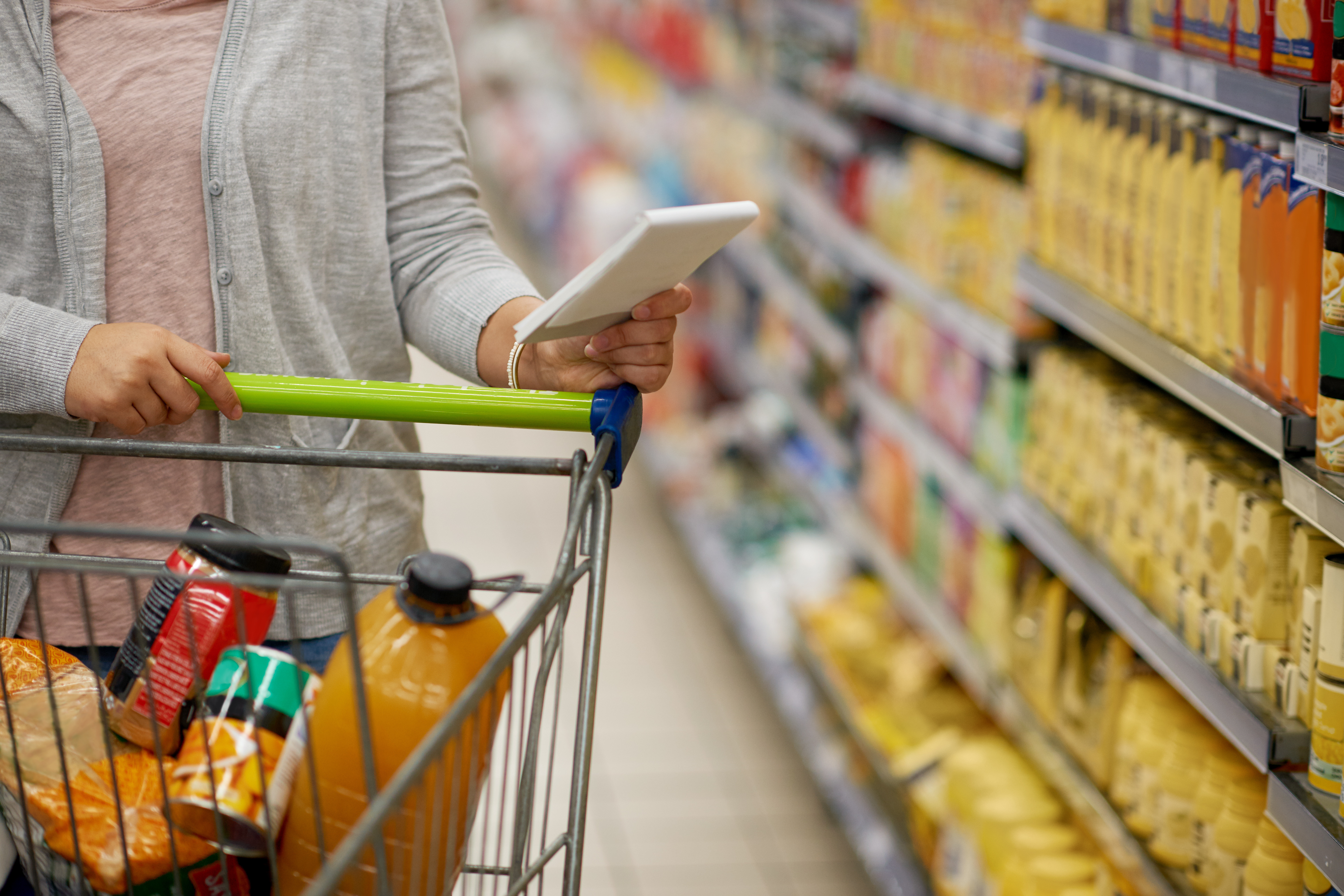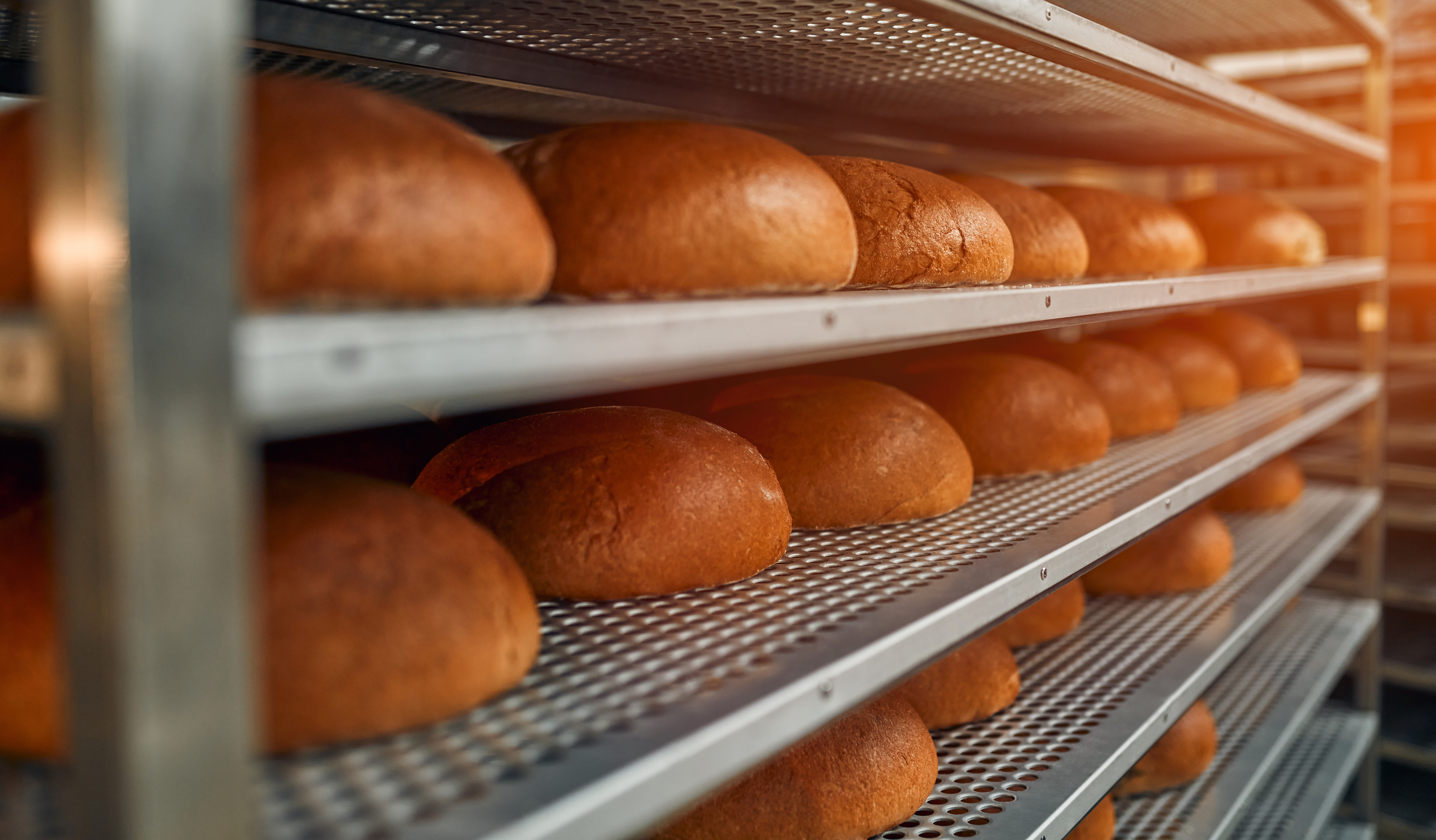Driving a Food Safety Culture
By: Rick Stein, Vice President, Fresh, Industry Relations, Food Marketing Institute

Achieving fresh food safety can sometimes feel like a game of whack-a-mole. That’s because retailers and suppliers are often forced to react to food safety ongoing outbreaks and recalls.
Despite this, stakeholders across the fresh supply chain are working very hard to make progress. At the recent FMI FreshForward conference in Minneapolis, a panel of food safety experts addressed the complexities, opportunities, and next steps in this effort. One of the challenges cited is that solutions are still evolving.
“There’s a need to improve food safety cultures, but it’s still an emerging field,” said panelist Adam Johnson, vice president and general manager, Global Food Retail Service, Ecolab. “You need to do this collaboratively and take actionable steps to measure and enhance cultures.”
FreshForward panelists pointed to key steps – such as enhancing the use of technology and ensuring supplier accountability – to achieve impactful solutions.
Driving a Food Safety Culture
Making progress requires advancing a culture of food safety in the fresh industry, said panelist Gigi Vita, vice president of Sales, Safe Quality Food Institute (SQFI).
“A food safety culture is about continuous improvement, learning as you go, and being supported by a food safety management system,” she said. “The leadership team creates it, but you need to make sure every department and employee is accountable.”
The Safe Quality Food (SQF) program is recognized by the Global Food Safety Initiative (GFSI) and designed to meet industry, customer and regulatory requirements across the supply chain. It helps promote food safety through certification programs. As a division of FMI, its mission is to deliver consistent, globally-recognized food safety and quality certification programs that are based on sound scientific principles, applied across all industry sectors and valued by all stakeholders.
“No GFSI benchmark certification will eliminate recalls, but it can mitigate risks,” Vita said.
She urged retailers and suppliers to take a more industry-focused, rather than siloed, approach to improve food safety cultures.
Recent Blog Posts
The FMI Foundation, in partnership with SQFI, awarded 19 scholarships from 152 applications for the 2025-2026 Food Safety Auditing Scholarship program.
Private brands in the grocery industry are experiencing significant growth, evolving from budget alternatives to strategic assets that drive customer loyalty and distinguish retailers.
Recall prevention means embedding food safety throughout your operations so those failures never reach the customer.




